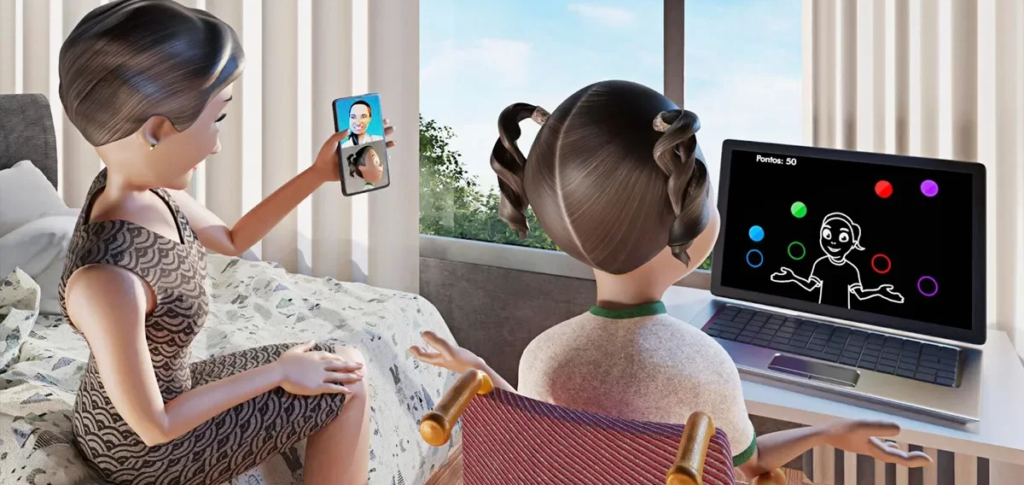We spoke with professor Carlos Monteiro, a doctor in Neurology who leads metaversonic activities for therapeutic purposes, and professor of the Physical Education and Health course at USP, to understand the main challenges and uses of the metaverse for the rehabilitation of people with disabilities.
ADVERTISING
Check out how the conversation went in audio or text, and also see how the initiative works.
You can check the transcribed report clicking here!

How did the idea of using virtual reality in the rehabilitation of people with disabilities come about?
What are the biggest challenges faced in adopting virtual reality for rehabilitation?
How can we make this solution more accessible to all layers, taking into account that equipment such as virtual reality glasses are still unfeasible for most people?
The metaverse still deals with people's distrust about its usefulness. And within the scientific community, how are they dealing with this possibility?
Taking into account the uncertainties of the technological scenario and the challenges of popularizing rehabilitation using the metaverse, what are the objectives of the study group?
During the interview, the professor showed how a therapy session works using the metaverse. Check it out in the video:
For the mother of Gustavo Leonel, a 14-year-old teenager who participated in the experience of using the metaverse in rehabilitation activities, the tool facilitated motor development using play in the patient. Listen to Erika Leonel’s testimony:




